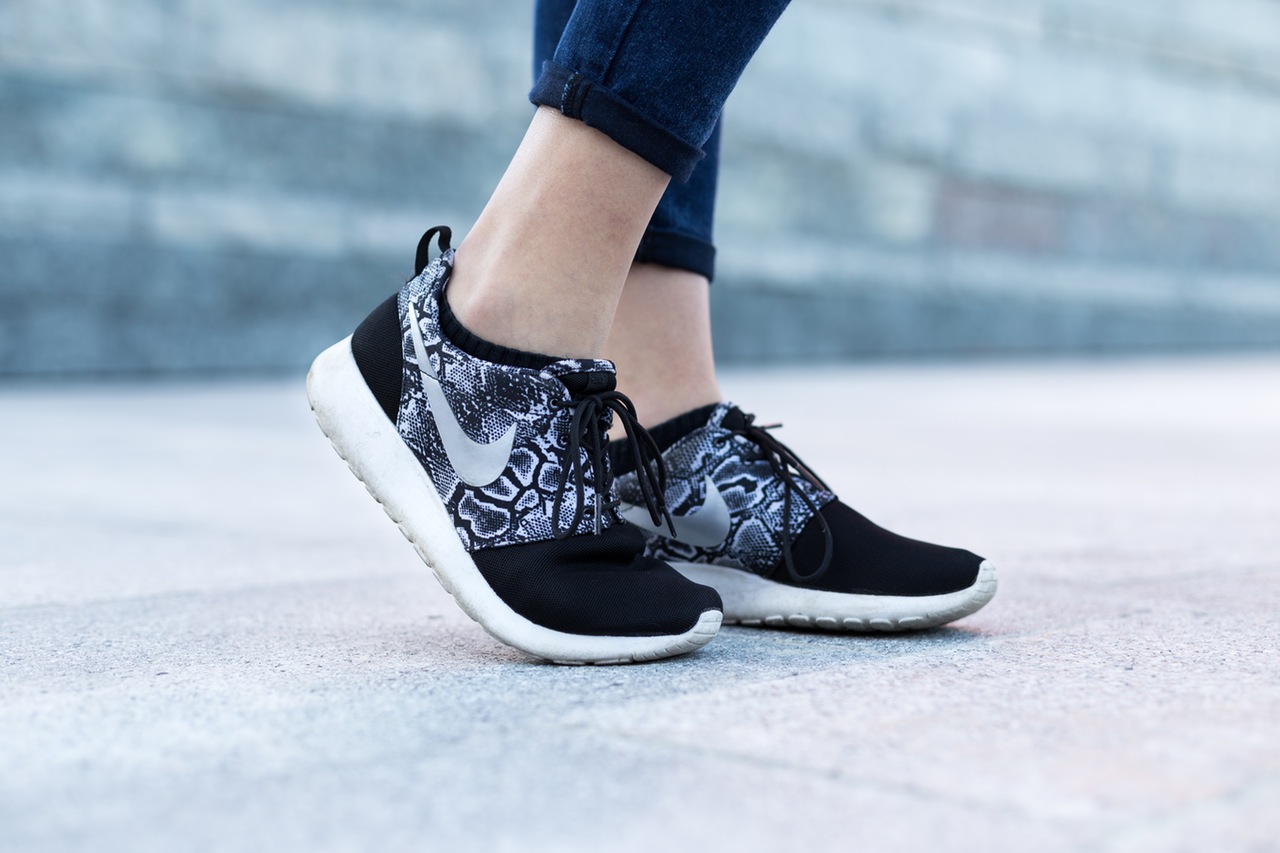Ask anyone one with heel pain – it’s agony. Plantar fasciitis is the usual cause – you also may have heard it referred to as Policeman’s Heel.
Plantar fasciitis starts off feeling like a thickness, or a lump under the heel. It progresses to a needling sensation. It occurs when a band of tissue in the foot, known as the plantar fascia, becomes damaged and thickens. This is usually as a result of small tears in the ligament. Runners get plantar fasciitis, as do adults between the age of 40 and 60.
If you have heel pain that won’t go away, make an appointment to see your GP or a podiatrist to see whether plantar fasciitis is the cause. This condition can resolve of its own accord - and most people do recover within a year or so, but it can be debilitating, so most people look for ways to relief the discomfort of plantar fasciitis.
People with plantar fasciitis often report that the pain is worse first thing in the morning, or when you get up after sitting down for a while. Taking a walk may help initially, but if you’ve been walking or on your feet a while things get worse.
So, what’s the solution to heel pain caused by plantar fasciitis? Occasionally, surgery is the answer. About one in 20 cases of this painful condition are operated on.
However there are non-surgical treatments available for this condition which most people find very effective.
Rest for plantar fasciitis
When the pain of plantar fasciitis strikes, resting your foot should be the first line of defence. Put any hikes you had planned on hold, don’t stand for long periods of time. If you’re a runner, don’t pound your feet on hard surfaces such as concrete. Researchers have found that rest is a good option for around a quarter of sufferers of plantar fasciitis.
Ice for heel pain
Using painkillers, such as non steroidal anti-inflammatory drugs like ibruprofen, along with ice packs can give you the pain relief you need for plantar fasciitis. The reason you’re in pain is that the damage to the heel tissue has caused inflammation. Ice helps ease the pain because the cold narrows blood vessels and slows down blood flow. It’s a temporary fix as it won’t treat the underlying cause. You also should take care not to over-ice an injury as this can cause frostbite, so don’t apply ice directly to your skin. Wrap an ice pack in a towel – you can make your own with ice cubes, or frozen vegetables, and apply it to your heel for between five to 10 minutes.
Wear the right shoes for plantar fasciitis
If you’ve got foot pain, the chances are you’ve been giving high heels a wide berth. After all, everyone knows that they cause problems with the feet, right? Well, although it’s true that stilettoes are hardly a great choice for foot health – think bunched toes, pain in the ball of your feet and sprained ankles – but if you thought donning a flat pair of shoes would help your plantar fasciitis, you’re very wrong. In fact, flat shoes such as ballet pumps or flip flops, are the worst options for plantar fasciitis. Instead opt for medium-heeled shoes or trainers with proper arch support. Ideally these should also have shock absorption to ensure your feet are well-protected.
Stretching for heel pain
Doing stretches can help ease the pain of plantar fasciitis. You could try sitting on the floor with your legs outstretched and looping a towel around the ball of your foot. Keep your knee straight, and pull your toes towards your nose, holding for 30 seconds. Do this three times on each foot.
Orthotics
Many people with plantar fasciitis find orthotics very helpful. Orthotic insoles are supports which are placed in the shoe. These soft arch supports and heel cups may help with the symptoms of heel pain. They can help spread and absorb shock (from planting your foot) and ease pressure on your heel. Talk to your doctor about whether they might work for you.
Injections for plantar fasciitis
If you have plantar fasciitis, an injection can provide instant relief. Dr Stephanie Kaye-Barret, Consultant Rheumatologist says a corticosteroid injection has good results for pain relief. ‘We use local anaesthetic spray to numb the pain before the needle is inserted and local anaesthetic called lignocaine which is mixed in with the steroid, Depo-medrone.’ If you’re worried at the prospect of having a jab, Dr Kay-Barret has this advice: ‘People are often are often very afraid of steroid injections as they feel pain from the injection. As we use a local anaesthetic spray on the skin before inserting the needle and a steroid plus local anaesthetic, you’ll feel very little pain with our careful techniques.’
Shock wave therapy
Shock waves are pulses of energy that can pass through any material and travel at near supersonic speed – and according to Mr Nick Savva, Consultant Orthopaedic and Trauma Surgeon, they can help plantar fasciitis. He says: ‘It has been discovered that shock waves can be used to promote healing, particularly in areas where tissues vary in density such as where a tendon or ligament attaches to bone.’ About three sessions are usually required and has an immediate pain-relieving effect, although the discomfort may return over 24 hours before getting better over the course of weeks and months.
Find out more about the treatment and management of plantar fasciitis here.








